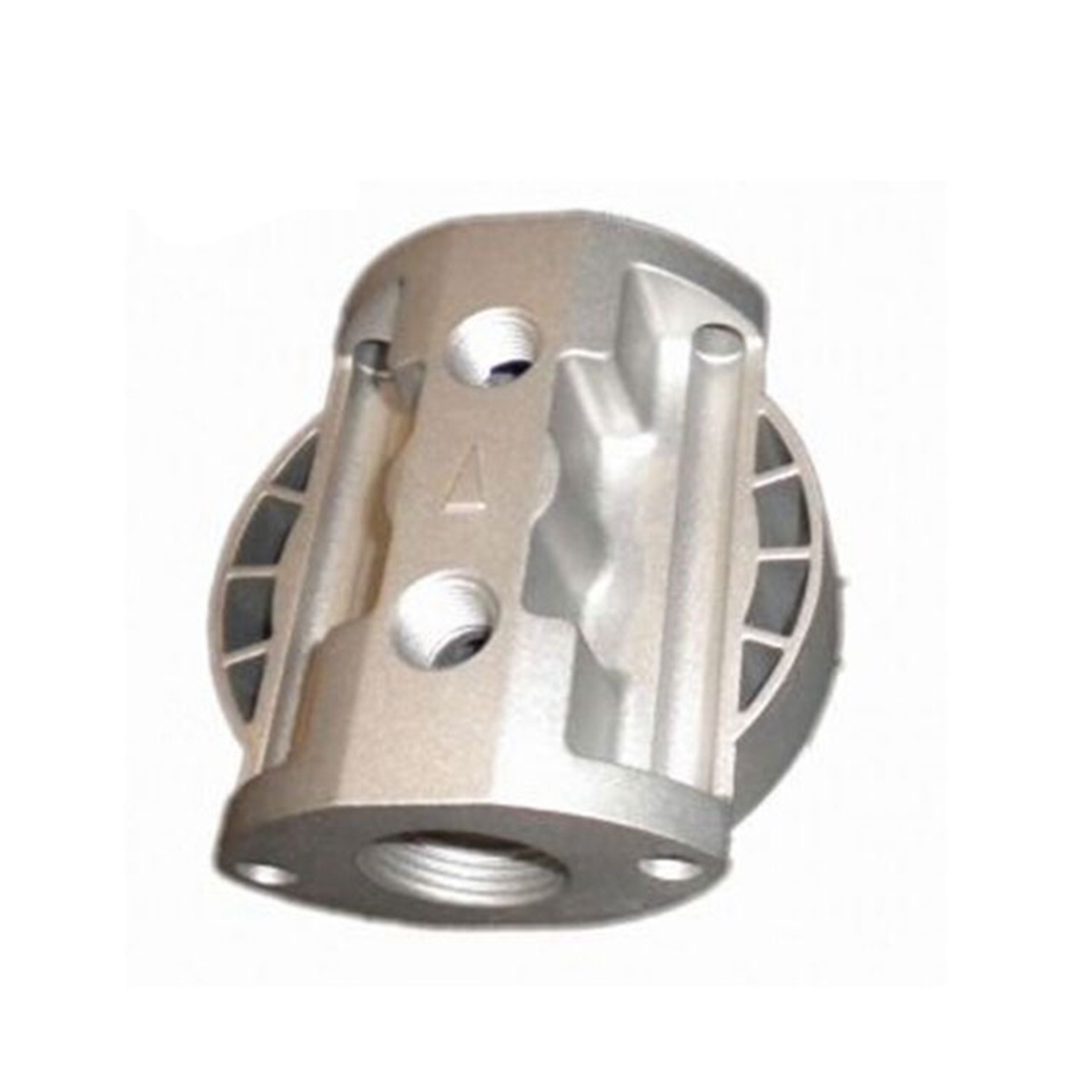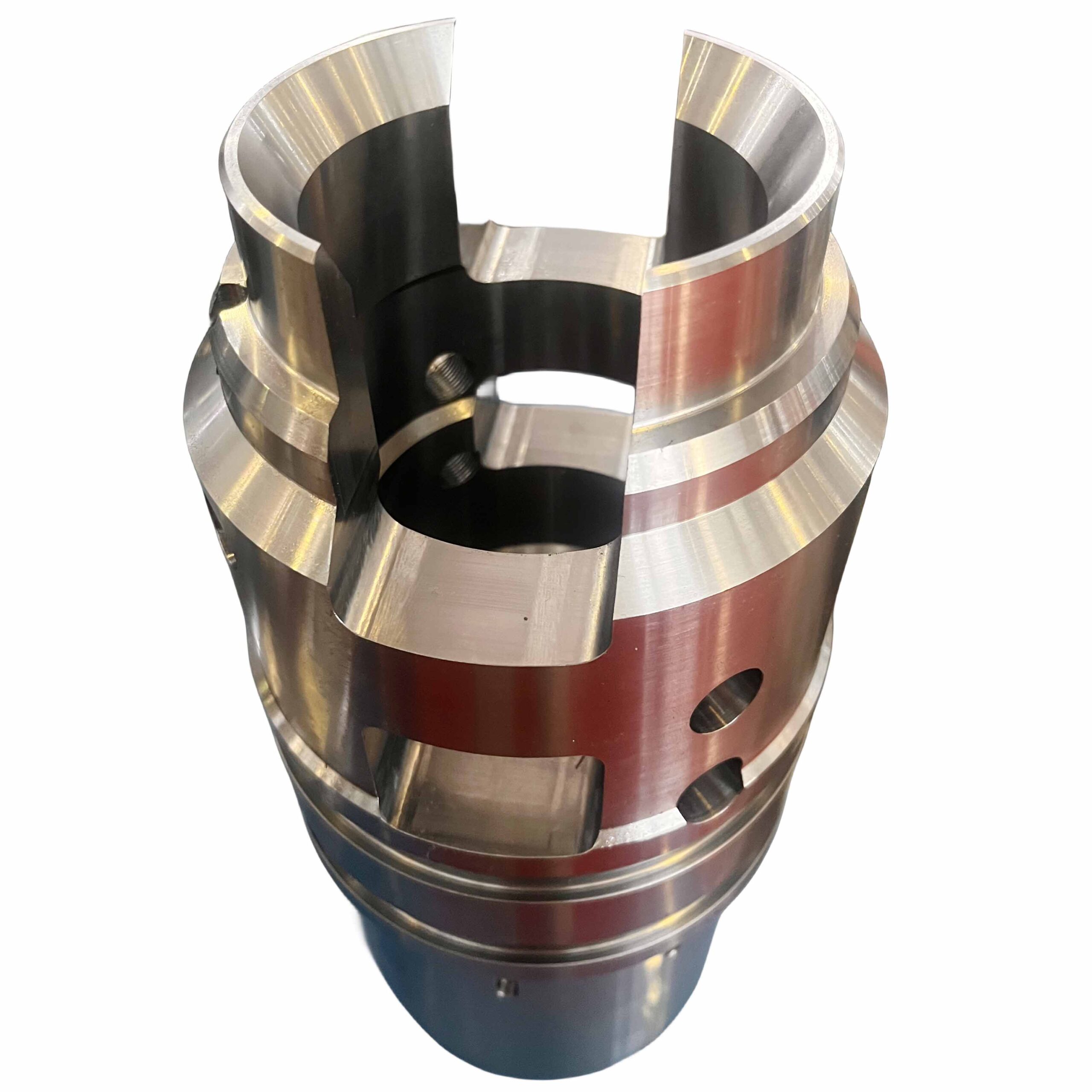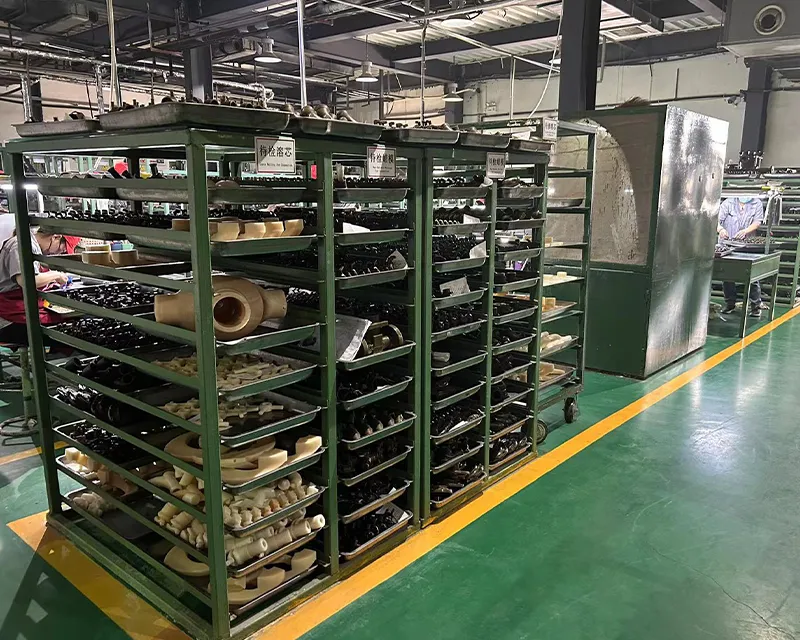
All casting methods use a heat-resistant cavity that is the shape of the desired part as a volume to be filled with liquid metal, which is removed once solidified. The means by which the cavity is formed is the primary differentiator of casting methodologies. Die casting uses a two-part (or more) hardened-steel cavity tool that is expensively and precisely machined from billet material. Sand casting forms a cavity by packing sand with a binding agent around a reusable pattern or master of the part. Investment casting forms the cavity by drying and then kiln baking a skin of refractory material over a pattern or master that is sacrificial.
Precision and extent of detail differ greatly between casting methods. Die casting is high precision, although gravity (poured) die casting is less precise than the various forms of pressure die casting. Pressure die casting facilitates compensation for shrinkage, which retains/reflects the shape and dimensions of the cavity more faithfully in the cast part. Pressure die-cast parts can maintain very high levels of detail, so long as that detail can be extracted from the tool features. Sand casting is of moderate precision because the process does not lend itself to forming very accurate and repeatable cavities. It can maintain only relatively thick sections and coarse details. Investment casting is renowned for its combination of precision and fine detail while avoiding the major up-front costs of die casting.





